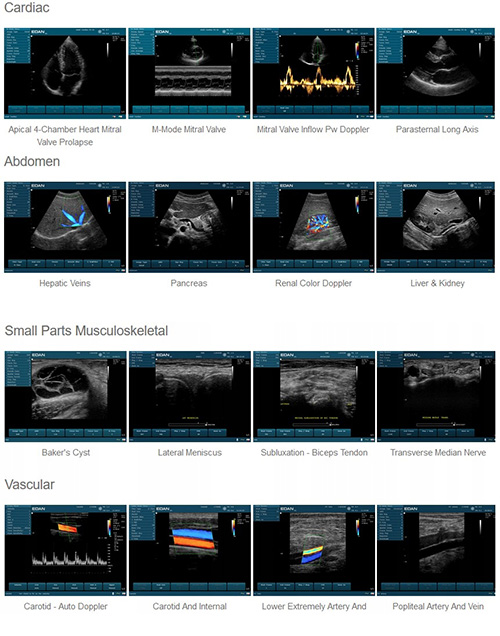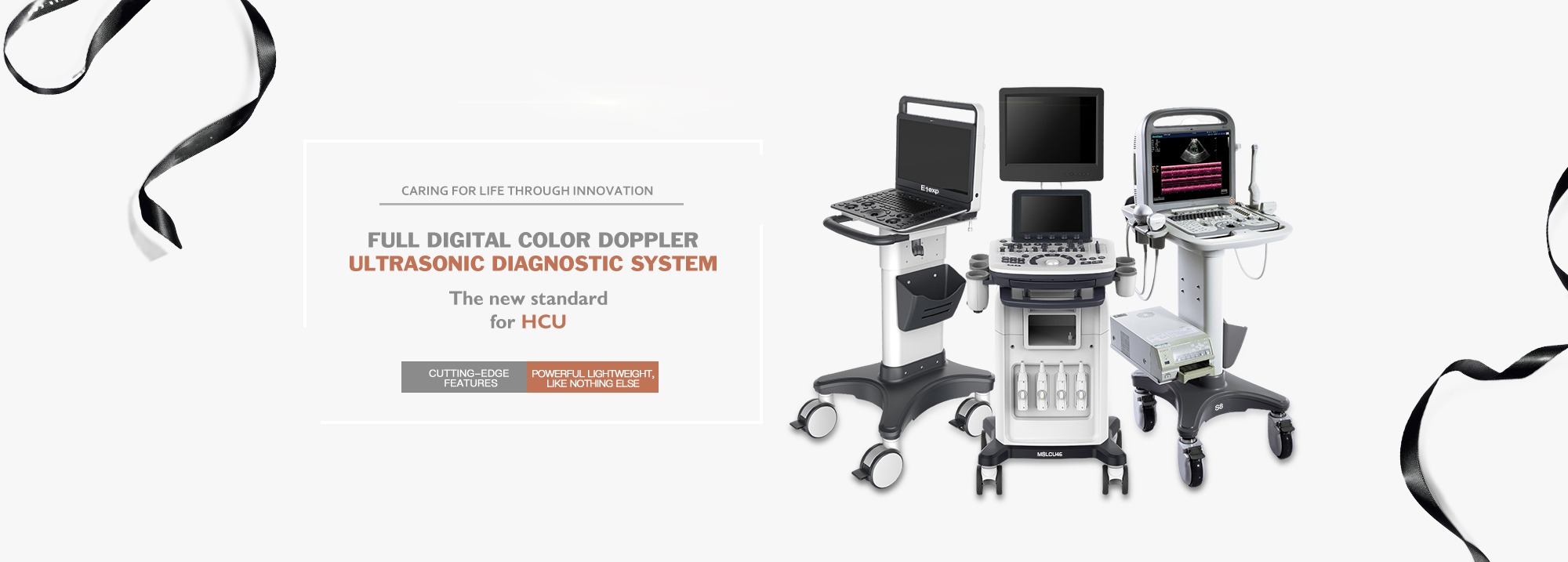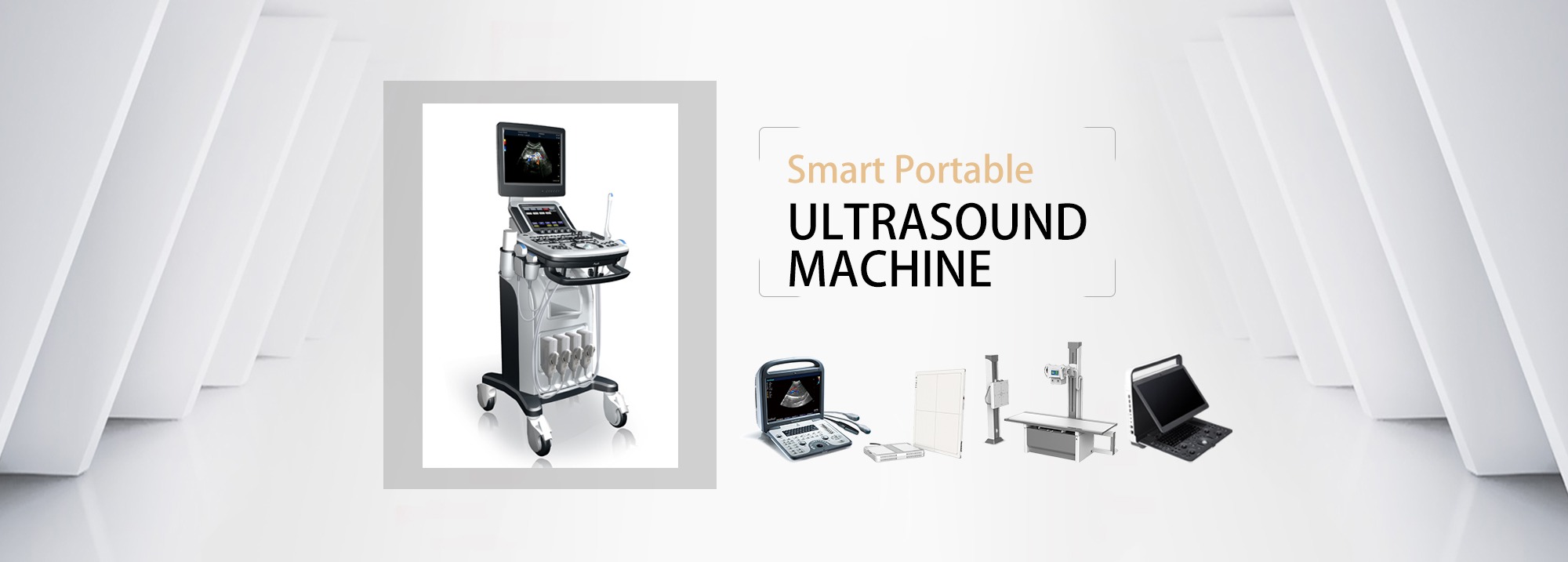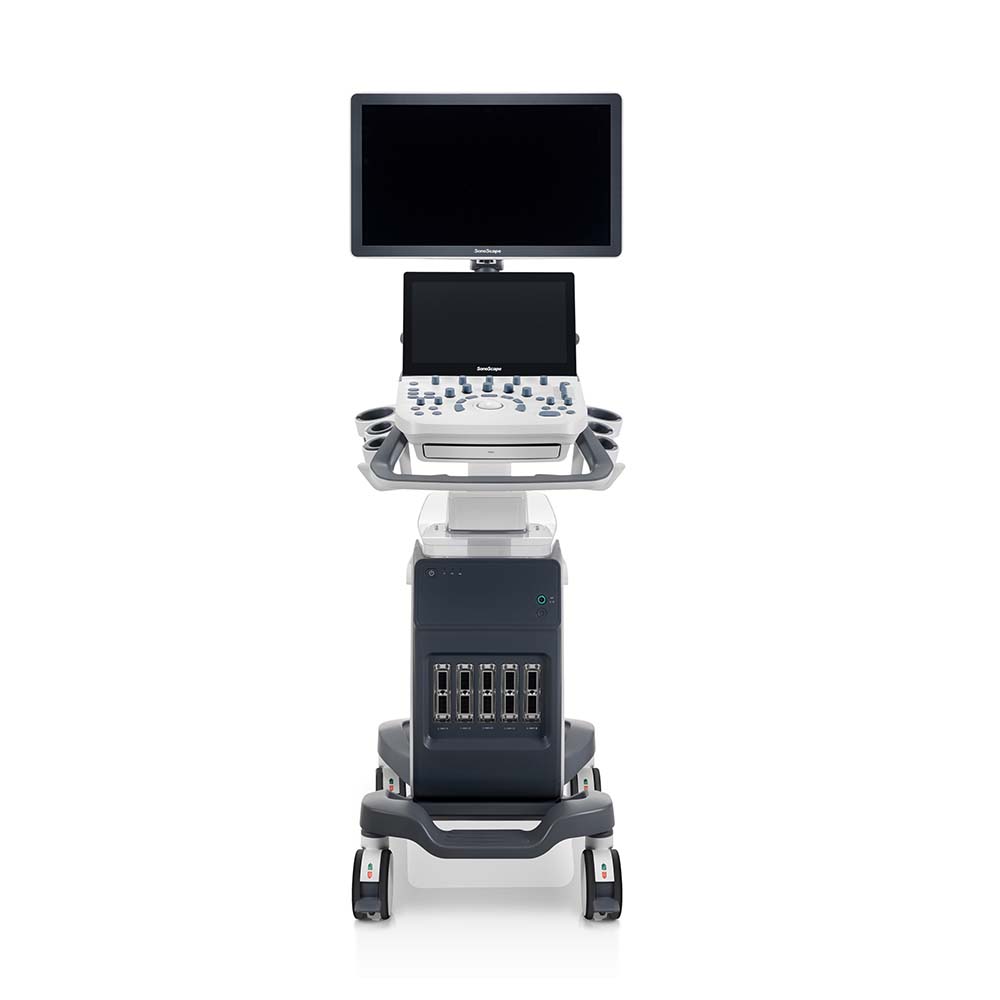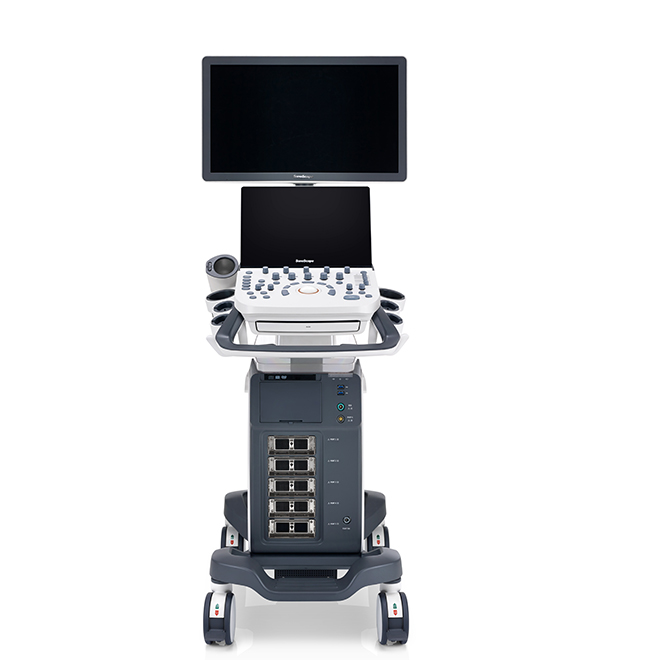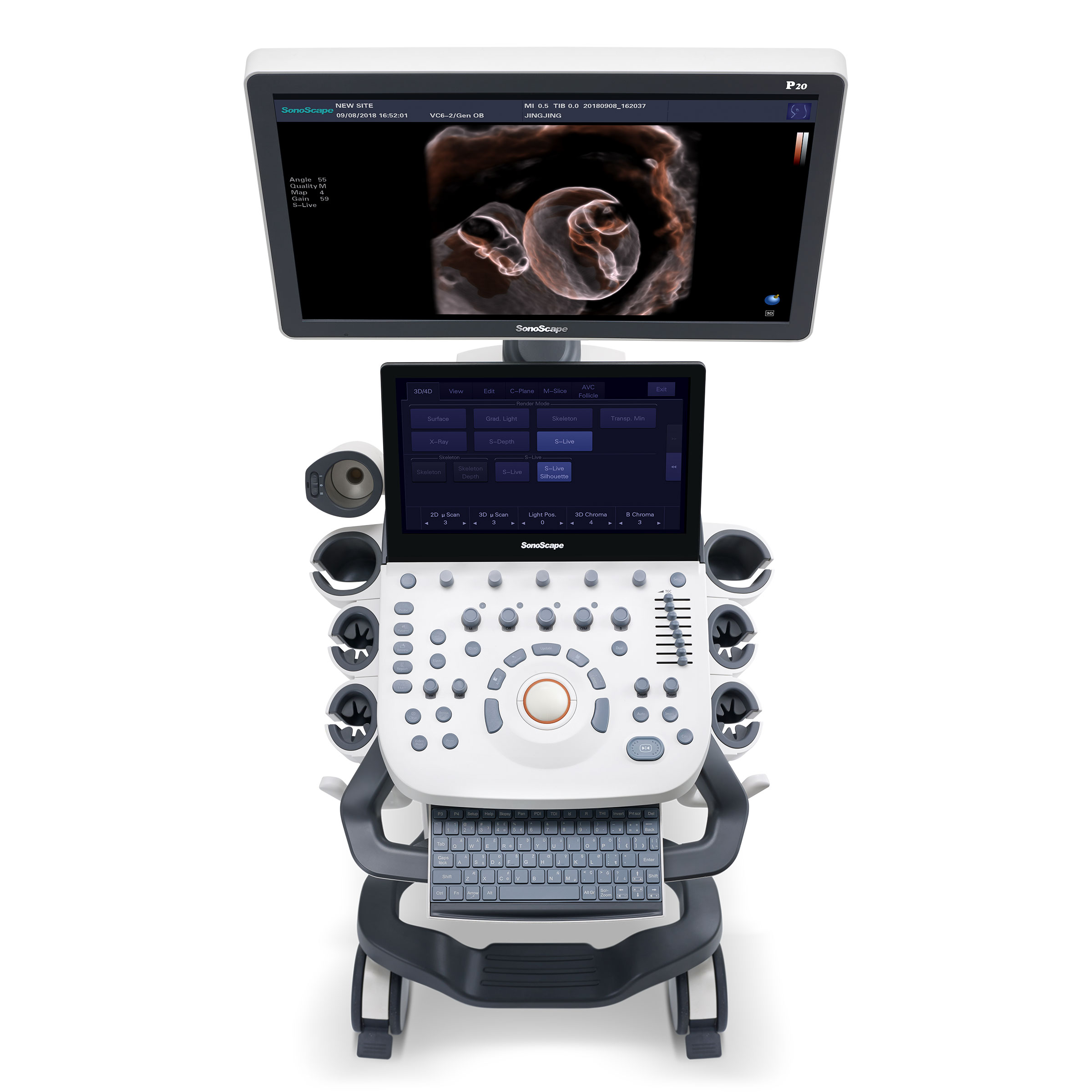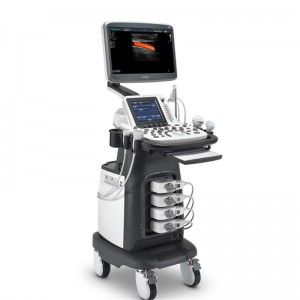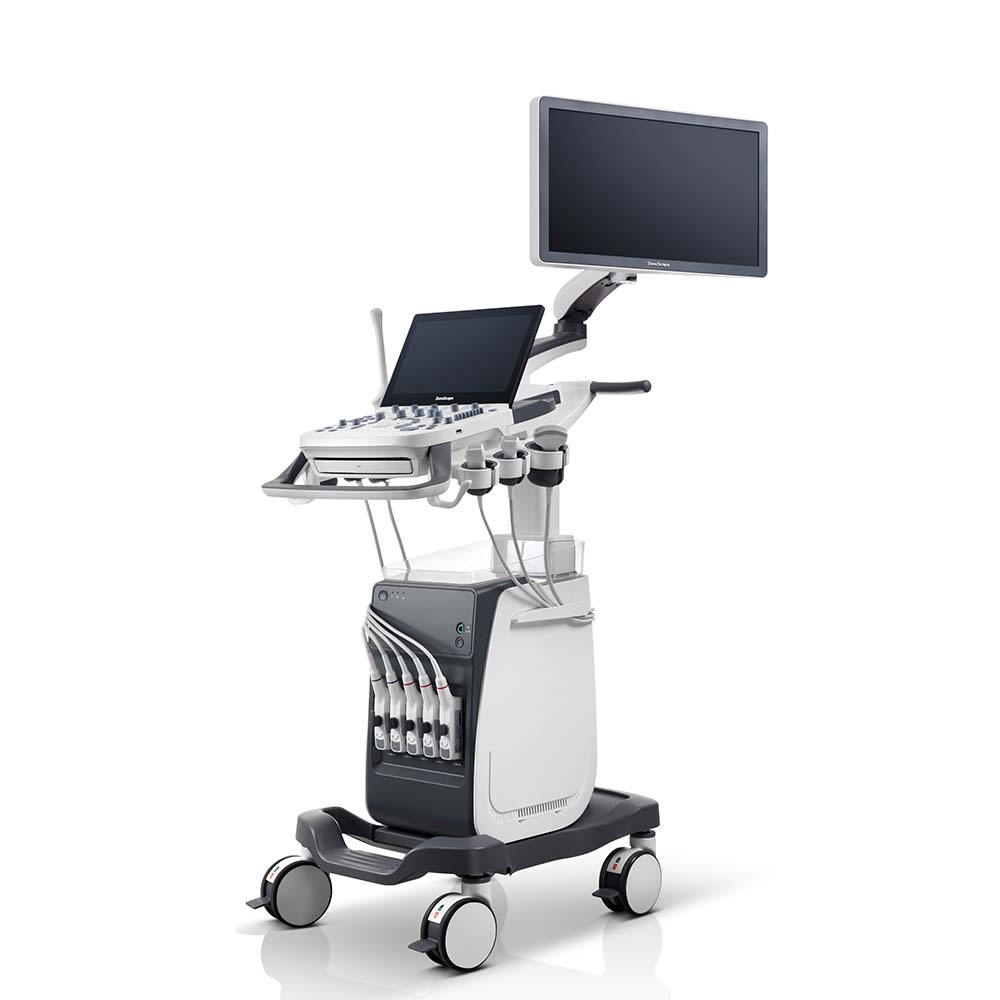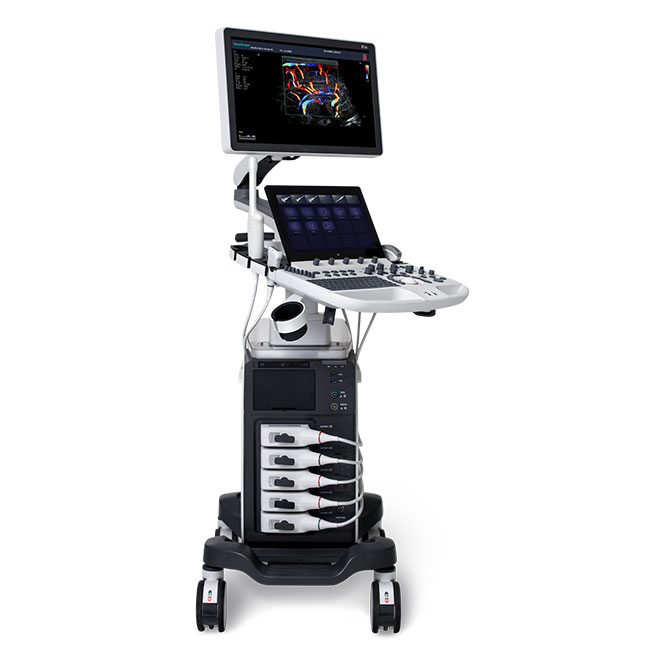Quick Details
High frame-rate in all modes including color and Doppler
abdominal ultrasound, abdominal scan, transabdominal ultrasound, abdominal sonogram, abdominal ultrasound cost
Packaging & Delivery
| Packaging detail:Standard export package Delivery detail:within 7-10 workdays after receipt of payment |
Specifications
Features and Benefits Advanced Imaging Technologies Speckle reduction technology Improves contrast resolution while maintaining detail resolution 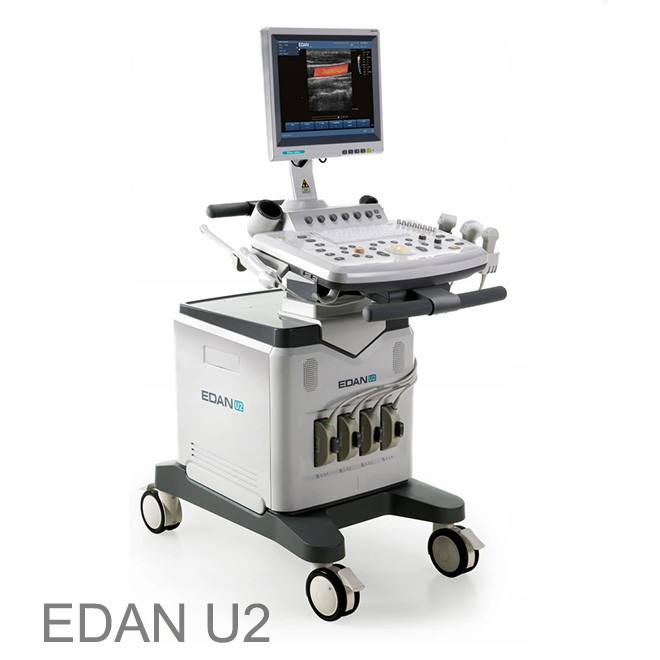 Phase-inversion harmonic imaging Reduces noise and clutter for optimum image quality Spatial compounding Multiple lines-of-sight improves contrast resolution Multi-beam technology High frame-rate in all modes including color and Doppler User-friendly Workflow Intuitive control panel reduces learning curve Smart PreSet – quickly adjust multiple setting to suit your patient type and imaging preferences Multi-frequency Transducer Technology Multiple 2-D, harmonic and color frequencies increases transducer utility Supported Applications Abdomen, Obstetrics, Gynecology, Endovaginal, Small Parts, Muculoskeletal, Vascular, Urology, Cardiology, Pediatrics
Phase-inversion harmonic imaging Reduces noise and clutter for optimum image quality Spatial compounding Multiple lines-of-sight improves contrast resolution Multi-beam technology High frame-rate in all modes including color and Doppler User-friendly Workflow Intuitive control panel reduces learning curve Smart PreSet – quickly adjust multiple setting to suit your patient type and imaging preferences Multi-frequency Transducer Technology Multiple 2-D, harmonic and color frequencies increases transducer utility Supported Applications Abdomen, Obstetrics, Gynecology, Endovaginal, Small Parts, Muculoskeletal, Vascular, Urology, Cardiology, Pediatrics 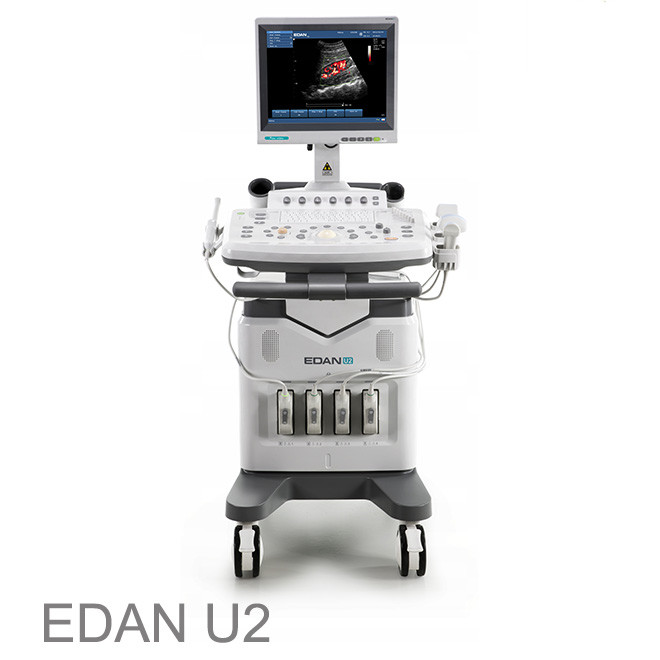 Compact, Mobile Cart Design, Exceptionally quick boot time Built-in lithium battery 15" High resolution LCD monitor Multiple peripheral ports Speckle Reduction Technology Speckle reduction imaging uses real-time image processing to improve visualization of anatomy and pathology by reducing the speckle noise. Edan's speckle noise reduction imaging technology uses an advanced multi-scale anisotropic filtering algorithm. This imaging technology is excellent at separating the noise regions from the diagnostic image allowing complex filtering to be performed differently on noise versus true anatomic information thus producing an enhanced image.
Compact, Mobile Cart Design, Exceptionally quick boot time Built-in lithium battery 15" High resolution LCD monitor Multiple peripheral ports Speckle Reduction Technology Speckle reduction imaging uses real-time image processing to improve visualization of anatomy and pathology by reducing the speckle noise. Edan's speckle noise reduction imaging technology uses an advanced multi-scale anisotropic filtering algorithm. This imaging technology is excellent at separating the noise regions from the diagnostic image allowing complex filtering to be performed differently on noise versus true anatomic information thus producing an enhanced image. 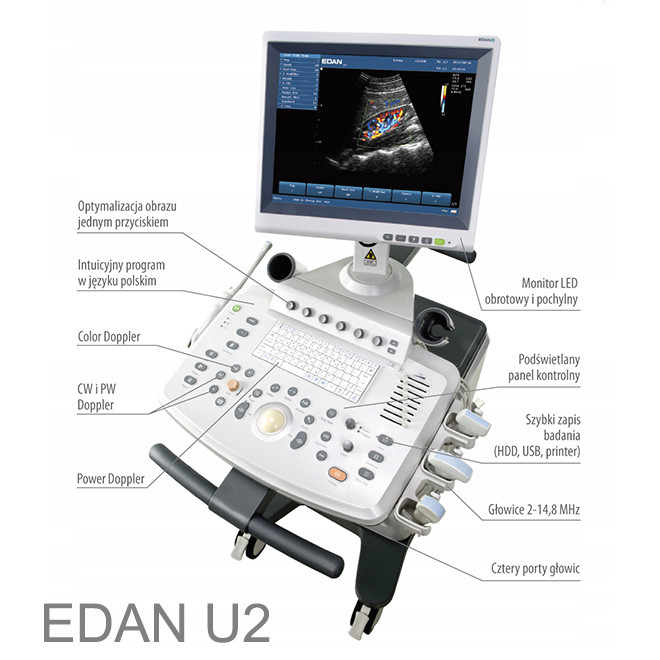 Phase Inversion Harmonic Imaging Harmonic signals are produced as ultrasound waves propagate through the body. Because these signals are produced in the body, they are not influenced by artifact inducing fat near the skin surface. Consequently, an image formed using only the harmonic signal will have less clutter and can be more diagnostic. With phase-inversion harmonics, pairs of ultrasound pulses with opposite phases are transmitted. When the signals received from inverted pulses are added together, the fundamental components are cancelled and only the harmonic signal remains. This creates an image that is pure harmonic with reduction in clutter artifact that degrades the image. Spatial Compounding Spatial Compounding combines several different component images to display an image with improved quality. In addition to the image formed by transmitting ultrasonic waves directly away from the transducer, images are formed with waves that have been electronically steered at an angle away from the transducer. Different degrees of steering can be used to produce multiple, different images. The speckle in these component images will be different because of the electronic steering, but macroscopic variation – like the brightness variation caused by a liver lesion – will be shared between the component images. By combining the images, the speckle noise is reduced while the image contrast is enhanced.
Phase Inversion Harmonic Imaging Harmonic signals are produced as ultrasound waves propagate through the body. Because these signals are produced in the body, they are not influenced by artifact inducing fat near the skin surface. Consequently, an image formed using only the harmonic signal will have less clutter and can be more diagnostic. With phase-inversion harmonics, pairs of ultrasound pulses with opposite phases are transmitted. When the signals received from inverted pulses are added together, the fundamental components are cancelled and only the harmonic signal remains. This creates an image that is pure harmonic with reduction in clutter artifact that degrades the image. Spatial Compounding Spatial Compounding combines several different component images to display an image with improved quality. In addition to the image formed by transmitting ultrasonic waves directly away from the transducer, images are formed with waves that have been electronically steered at an angle away from the transducer. Different degrees of steering can be used to produce multiple, different images. The speckle in these component images will be different because of the electronic steering, but macroscopic variation – like the brightness variation caused by a liver lesion – will be shared between the component images. By combining the images, the speckle noise is reduced while the image contrast is enhanced. 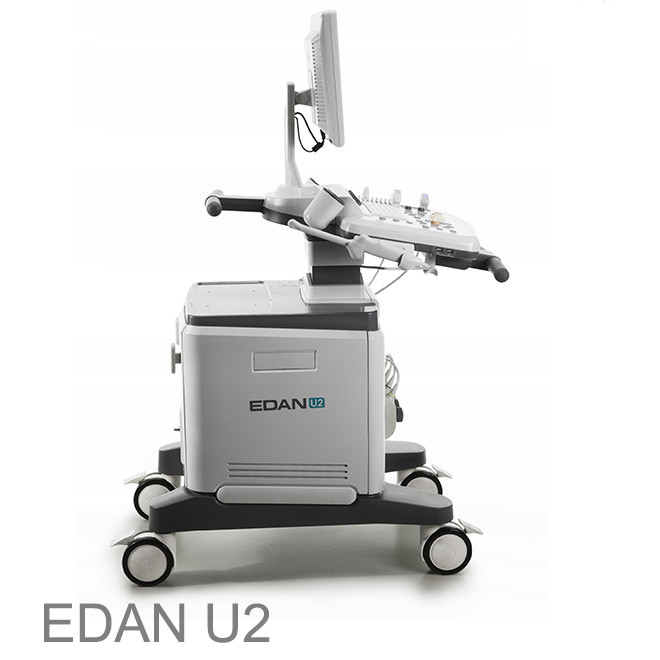 Multi-beam Technology Ultrasound systems use beams that are focused electronically to produce high spatial resolution. Signals from the transducer are delayed and added together in the system to produce a focused ultrasound beam. The same signals can be added together with different delays to produce multiple beams. When this is done, the spatial resolution can be improved without reducing the frame rate or the frame rate can be improved without reducing the resolution. As shown below, with dual beamformation the same receive beams are formed with half the transmit beams, thus doubling the frame rate. Convex array C352UB Applications: OB/GYN, Abdomen, Pediatrics, Urology Frequencies: 2.5/ 3.5/ 4.5/ H5.0/ H5.4 MHz Linear array L742UB Applications: Small Parts, Vascular, Musculoskeletal, Superficial
Multi-beam Technology Ultrasound systems use beams that are focused electronically to produce high spatial resolution. Signals from the transducer are delayed and added together in the system to produce a focused ultrasound beam. The same signals can be added together with different delays to produce multiple beams. When this is done, the spatial resolution can be improved without reducing the frame rate or the frame rate can be improved without reducing the resolution. As shown below, with dual beamformation the same receive beams are formed with half the transmit beams, thus doubling the frame rate. Convex array C352UB Applications: OB/GYN, Abdomen, Pediatrics, Urology Frequencies: 2.5/ 3.5/ 4.5/ H5.0/ H5.4 MHz Linear array L742UB Applications: Small Parts, Vascular, Musculoskeletal, Superficial 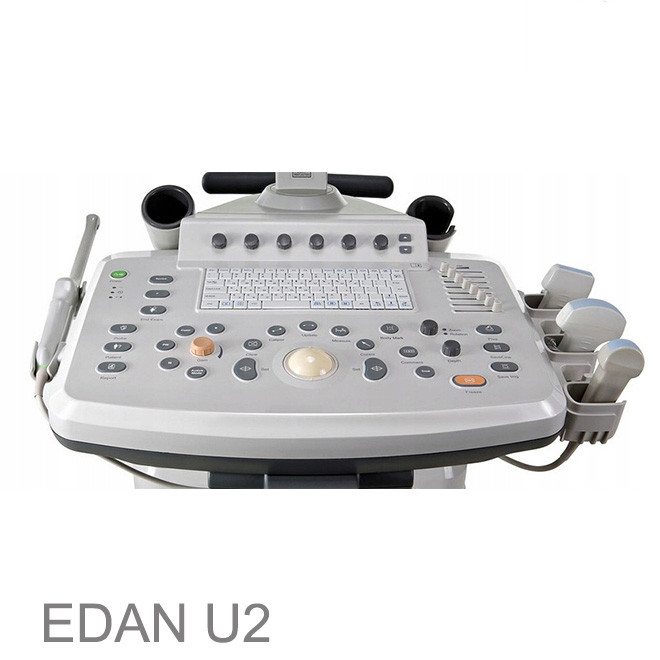 Frequencies: 8/ 9.5/ 11.0/ H13.0/ H13.4 MHz Micro-convex array C6152UB Applications: OB/GYN, Abdomen, Pediatrics, Urology Frequencies: 5.5/ 6.5/ 7.5/ H9.0/ H9.4 MHz Linear array L1042UB Applications: Small Parts, Vascular, Musculoskeletal, Superficial
Frequencies: 8/ 9.5/ 11.0/ H13.0/ H13.4 MHz Micro-convex array C6152UB Applications: OB/GYN, Abdomen, Pediatrics, Urology Frequencies: 5.5/ 6.5/ 7.5/ H9.0/ H9.4 MHz Linear array L1042UB Applications: Small Parts, Vascular, Musculoskeletal, Superficial 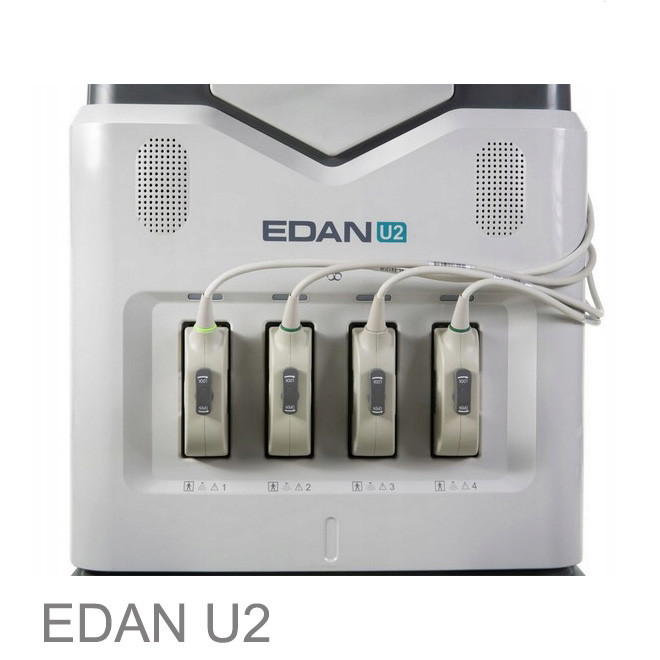 Frequencies: 8.0/ 9.5/ 11.0/ H13.0/ H13.4 MHz, Micro-convex array C612UB Applications: OB/GYN, Abdomen, Pediatrics, Urology Frequencies: 5.5/ 6.5/ 7.5/ H9.0/ H9.4 MHz Linear array L552UB Applications: Small Parts, Vascular, Musculoskeletal, Superficial, Pediatrics Frequencies: 4.5/ 5.5/ 6.5/ H5.6/ H6.0 MHz
Frequencies: 8.0/ 9.5/ 11.0/ H13.0/ H13.4 MHz, Micro-convex array C612UB Applications: OB/GYN, Abdomen, Pediatrics, Urology Frequencies: 5.5/ 6.5/ 7.5/ H9.0/ H9.4 MHz Linear array L552UB Applications: Small Parts, Vascular, Musculoskeletal, Superficial, Pediatrics Frequencies: 4.5/ 5.5/ 6.5/ H5.6/ H6.0 MHz 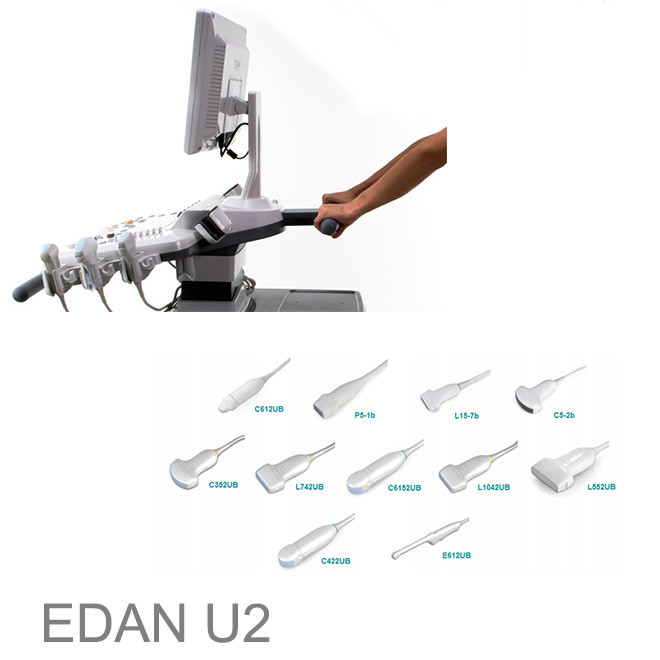 Micro-convex array C422UB Applications: Abdomen, Cardiology Frequencies: 3.0/ 4.0/ 5.0/ H5.0/ H5.4 MHz Endovaginal E612UB Applications: Obstetrics, Gynecology Frequencies: 5.5/ 6.5/ 7.5/ H9.0/ H9.4 MHz
Micro-convex array C422UB Applications: Abdomen, Cardiology Frequencies: 3.0/ 4.0/ 5.0/ H5.0/ H5.4 MHz Endovaginal E612UB Applications: Obstetrics, Gynecology Frequencies: 5.5/ 6.5/ 7.5/ H9.0/ H9.4 MHz 